Affiliate links on Android Authority may earn us a commission. Learn more.
Why you might want to avoid SIRIN LABS Labs' blockchain phone
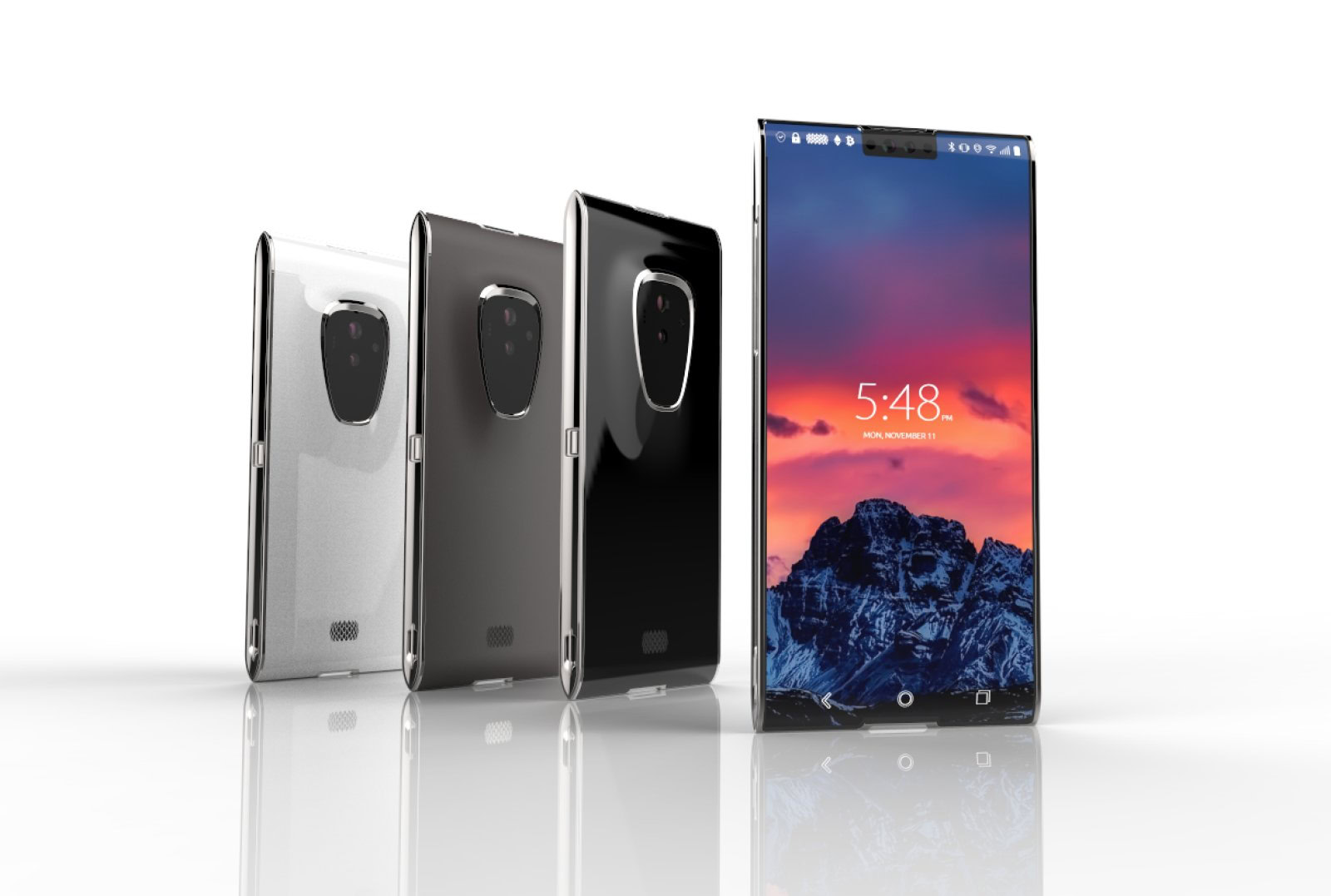
News broke a couple of days ago of the world’s first* blockchain phone going into production, developed by SIRIN LABS Labs — creator of the $16,000 Solarin smartphone from 2016.
The upcoming device, known as the Finney (after bitcoin pioneer Hal Finney), is said to run on a secure, open-source operating system called Shield OS, built on Android. This would “incorporate advanced blockchain and cryptocurrency trading algorithms” for secure transactions, as well as “blockchain applications, such as a crypto wallet, secure exchange access, encrypted communications,” and more.
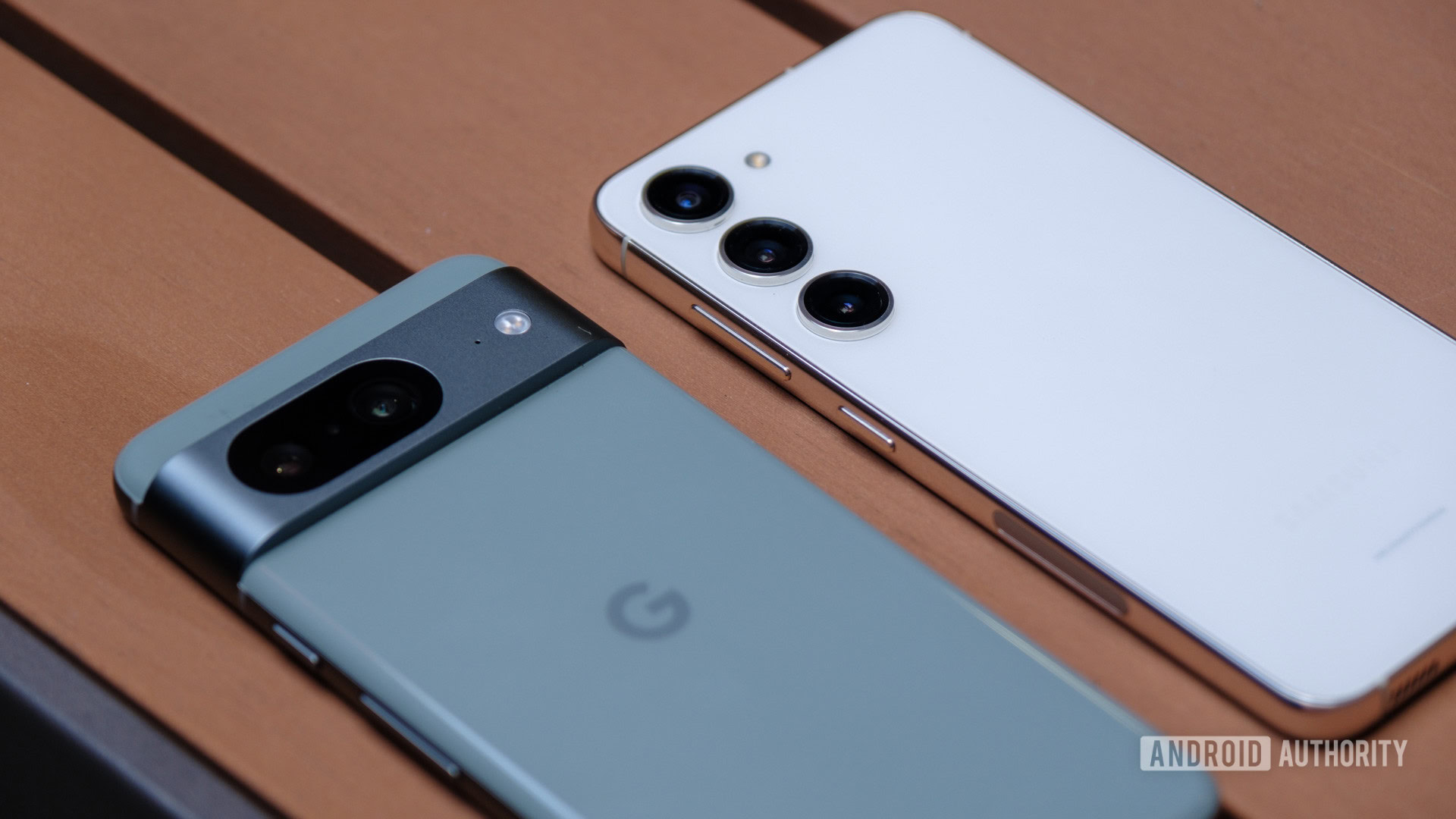
It’s set to be developed following a crowdfunding campaign in October, and will start at $999, including a 5.2-inch QHD display, 8 GB of RAM, 256 GB of internal storage space, as well as a 16 MP main camera and 12 MP wide-angle selfie camera (the chipset it will make use of hasn’t yet been mentioned).
But the device is not yet in production, and won’t be available for an estimated nine months after the crowdfunding campaign. Let me offer up a few reasons why you might want to tread carefully on this one.
Blockchain
Firstly, a bit about blockchain: a blockchain is a shared database that doesn’t rely on a single trusted party to maintain it but instead is based on a network of connected devices that all maintain it. It was originally built to support bitcoin, and has major implications for security.
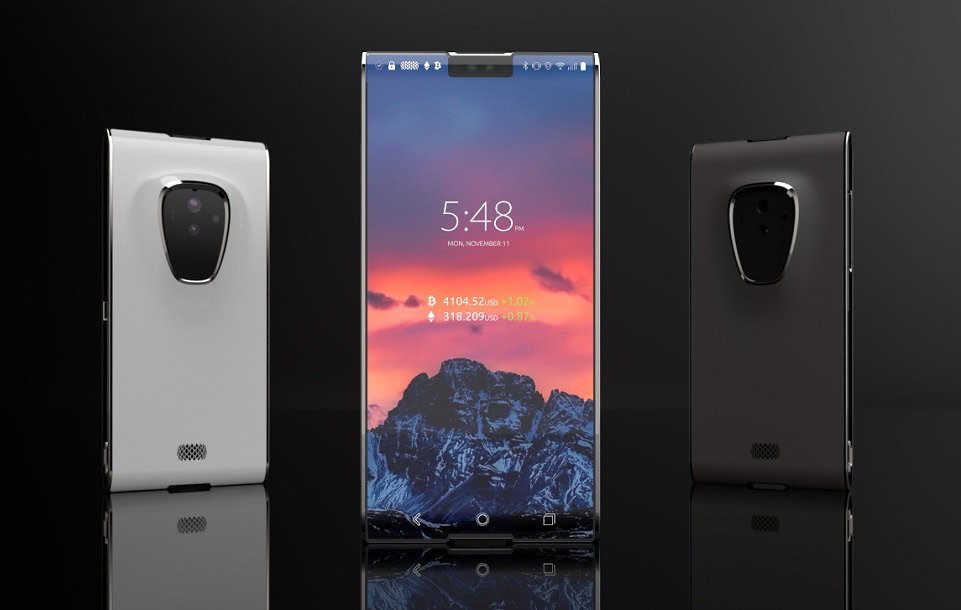
The data is “public” and thus isn’t liable to any internal fiddling, and because it’s not stored in a single space, it’s harder for hackers to tamper with or exploit the system (though not impossible).
Integrating a blockchain into a smartphone system is an interesting idea and could increase overall safety and accountability. But SIRIN LABS Labs’ application of the cryptocurrency support it provides could set alarm bells ringing.
Initial Coin Offering
The Finney’s crowdsourcing campaign will be part of an initial coin offering (ICO), meaning those who invest are actually investing in a “crypto-coin” currency. This currency acts something like company shares, and a certain amount must be sold (in this case, the equivalent of $50 million dollars worth) for the offering to be successful, or the device won’t go on sale.
SIRIN LABS Labs’ currency is called SRN and it will be used after the sale to buy the Finney smartphone and other SIRIN LABS Labs products (you won’t be able to pick up the device without SRN), apps and in-app purchases, warranty and device repair, etc.
The value of the SRN tokens is dependent largely on the number of people investing in them. SIRIN LABS Labs says that “a strong economy requires the SRN to have growing demand within the SRN network and proportional growth in supply,” in its “Sustainable Economy” summary from its White Paper. This would be driven by “device sales.”
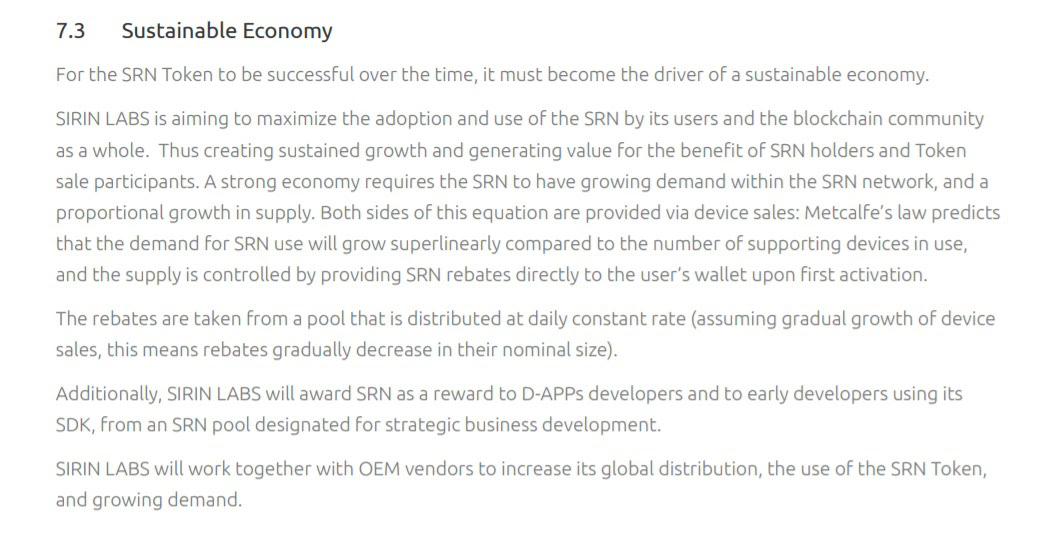
This kind of sustainable economy would likely be tough to build in any kind of new platform venture, but trying to foster it based on a premium smartphone, from an obscure manufacturer, that’s aimed at the already niche “crypto community,” sounds like an immense challenge. I asked SIRIN LABS Labs approximately how many unit sales it would take to sustain that economy and was told via email: “A few hundreds of thousands [sic] devices”. Even the lower end of a few hundred thousand seems ambitious.
Such ICO investments are always high-risk because the market isn’t undefined and uncontrollable. Crowdfunding through websites like Kickstarter is also risky — but it’s often less of a risk because the backer usually has a greater awareness of what they will actually own/receive when the project is complete and its approximate value (more on the comparisons between these types of investments here).
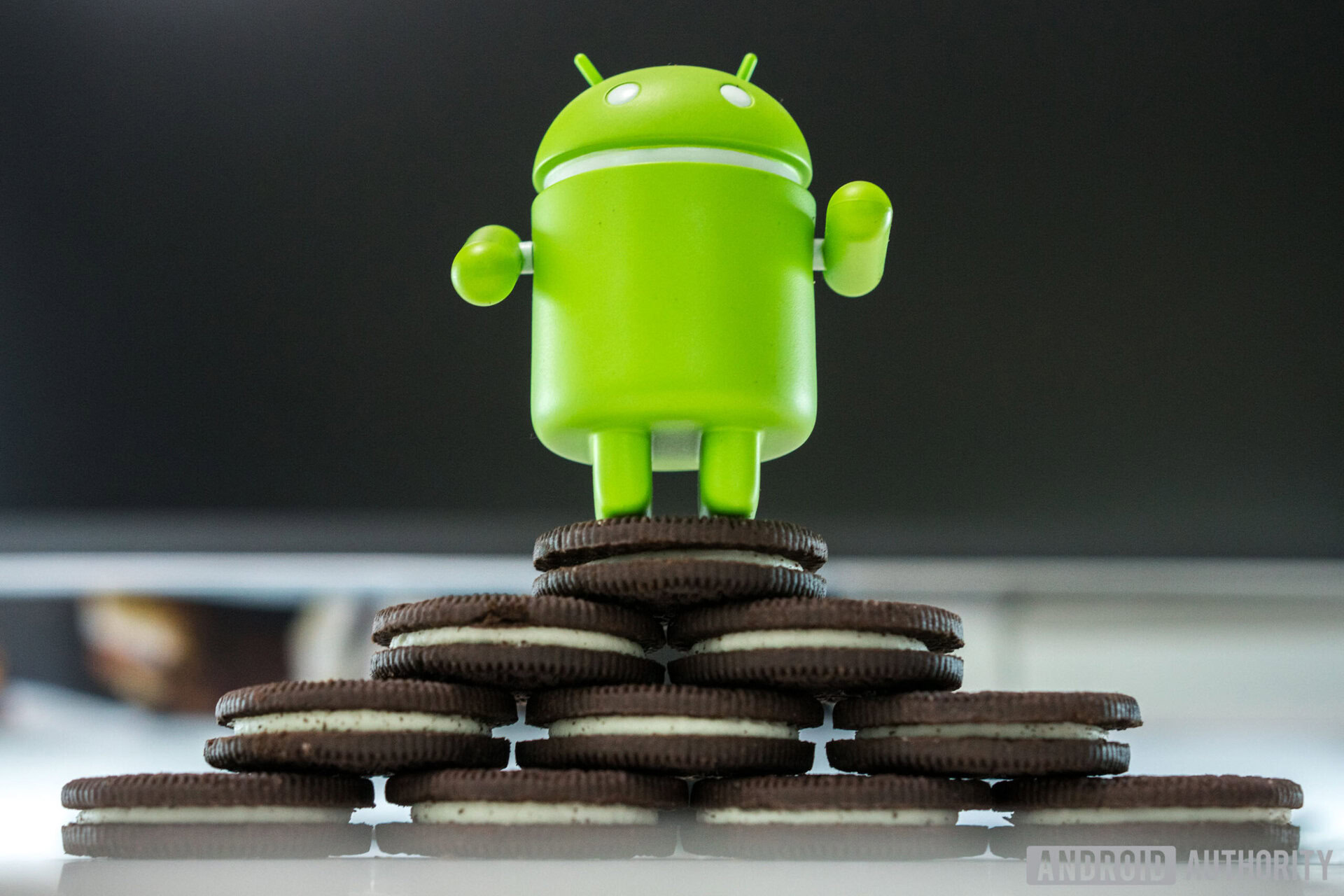
ICOs, meanwhile, are also often associated with so-called “pump-and-dump schemes,” whereby dishonest attempts are made to increase a product/project’s investment value so that the owners can sell their stake when the price rises. U.S. Securities and Exchange Commission Chairman Jay Clayton said only last week that he would be “surprised” if pump-and-dump schemes weren’t penetrating ICOs (though he conceded he believed there was value in them on the whole).
The SEC appears to be tightening the screws on ICOs in general, and they were also banned in China earlier this month in an attempt to prevent scams. Reuters also reported last week that South Korea had banned ICOs as a method of fundraising over scam concerns.
Now, none of this is to say that any of what SIRIN LABS Labs is proposing is untoward in any way — the company has previously shipped a smartphone, after all, which itself is a big undertaking. Nevertheless, potential investors should be aware of the reality of the situation: you wouldn’t be investing your money in the building of a new phone, you would first be investing in a new crypto-coin currency and economy, that would contribute to the building of a new phone.
Other worries
There are other concerns regarding Finney, too. SIRIN LABS Labs plans to deliver a “decentralized app store run by the community” where “cost-bearing apps are based on a secure P2P resource-sharing system, which distributes fees between users and developers.” For such a green company to make promises of community-run app stores is awfully bold. What community? Its last phone was estimated to have sold around 750 units in nine months on sale.
Via email, SIRIN LABS Labs did offer some thoughts on this matter, stating, “We are in the beginning of the establishing the community, once the crowd sale will end we will deploy several activities to support the growth of the developers community through dedicated events, hackathons and more.” That’s all well and good, but there’s still is no guarantee that this community will be there.
Then, there’s the suggestion that, should the company make $75 million through its crowdfunding, it will produce an all-in-one blockchain PC with a 2K display and biometric sensors.
It just all sounds a bit, erm, broad.
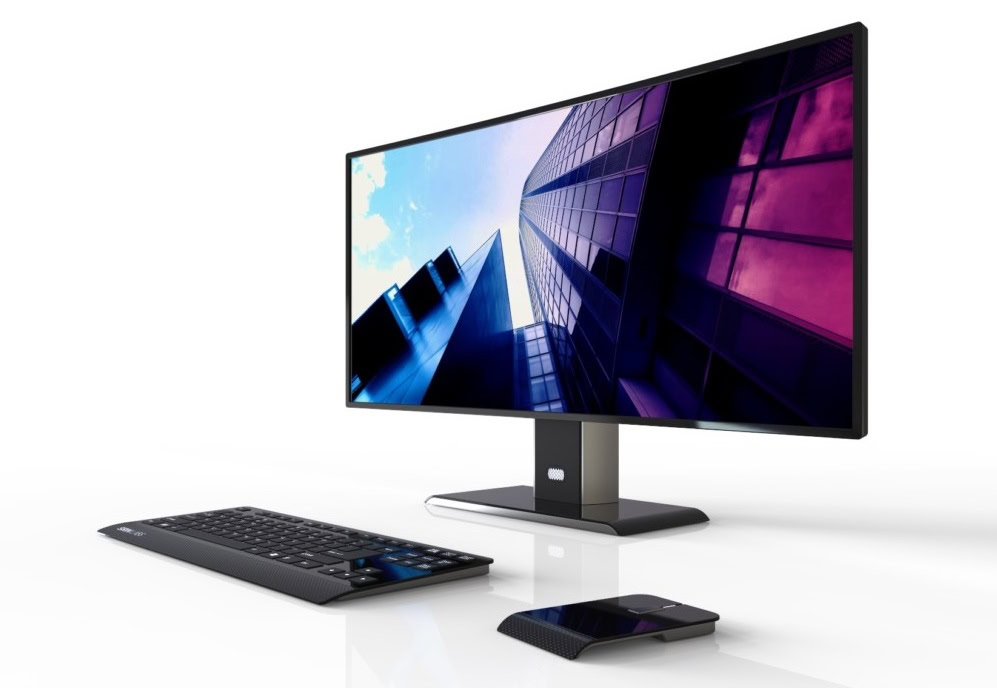
On top of this, you have the news of layoffs at the company from earlier this year, where SIRIN LABS Labs reportedly cut around a third of its staff. Sure, sometimes companies have to lay-off staff en masse and it doesn’t inherently mean that there are major problems at the company. But, you know, it might.
Finally, you should also look to other failed crowdfunded phones as a cautionary tale for investing in them. Turing took pre-orders on an Android phone that eventually ran Sailfish (not exactly a small design change) and then later announced a phone with three Snapdragon 830 chips, 18 GB of RAM and a 60 MP camera. No prizes for guessing if that will ever ship.
Closing thoughts
If you want to invest in a high-security smartphone and get into the cryptocurrency game, by all means, go for it. Just know that there are ways of achieving this without backing a project that hasn’t yet provided any sort of working demo or proof-of-concept. Google is always improving Android’s security, and BlackBerry is working on its own even more secure Android OS. Further, there’s no shortage of existing cryptocurrencies to throw your money at. Maybe you’ll be able to get the results you want elsewhere.
SIRIN LABS Labs’ Finney crowdsale is set to launch in October and you can visit the official website here to sign up for further notifications. Give us your thoughts on SIRIN LABS Labs’ proposal in the comments.
*There is another world’s first Blockchain phone on the horizon that should be landing in November, apparently; though I wouldn’t put much stock in that phone, either.